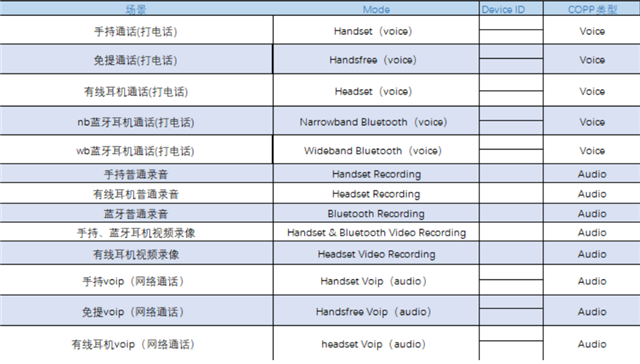for TAS2563 we want to check whether the following modes all need to be included? Also , when integrated in, can they be adjusted on QCM6490 (Qualcomm mobile SOC) seperately?

Thanks and bye
Hanno
This thread has been locked.
If you have a related question, please click the "Ask a related question" button in the top right corner. The newly created question will be automatically linked to this question.
for TAS2563 we want to check whether the following modes all need to be included? Also , when integrated in, can they be adjusted on QCM6490 (Qualcomm mobile SOC) seperately?

Thanks and bye
Hanno
Hi Hanno,
I noticed you shared further comments with customer, which I agree with.
I'll share this with our software lead and check if they have any comments in the meantime.
Best regards,
-Ivan Salazar
Applications Engineer
Hi Ivan,
thanks!
In addition, do we've an implementation/configuration for TAS2563 to work directly with Qualcomm's QCM6490 or SnapDragon 778G?
ciao
Hanno
The algorithm of TAS2563 needs to include sound effect debugging. Does the debugging content include the scenarios of hands-free and handheld calls in the table (real network calls, network calls) i mentioned before?
Hi Hanno,
I've asked our driver experts to take a look at this, hopefully they have some example or reference material for QCM implementation.
The way I understand it, customer may just need to generate different configuration with PPC3, then change between configurations based on the SoC mode. These can be different volume, channel selection or EQ settings. I'll share any comments I get from software team or they may comment in this thread directly.
Best regards,
-Ivan Salazar
Applications Engineer
Hi Reimer
All these audio cases can be defined in PPC3 tools, ppc3 tools will generate the firmware, driver can get these cases via parsing the firmware.
This document can help to understand how the driver work.